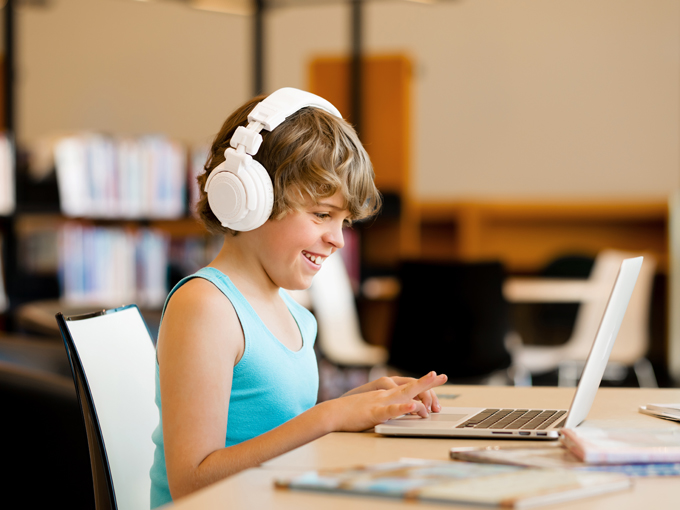 Two years ago, I took leave of absence from my seventh-grade teaching position and spent much of the year teaching and traveling in Southeast Asia. Classrooms at the schools I visited also had no computers, students did not carry cell phones, and sometimes I even struggled to find a piece of chalk. The lack of technology was frustrating at times, but it usually meant my students were not distracted. They were accustomed to listening to their teacher. Since returning to the United States, it seems that my students have a different set of priorities when they enter the room, and listening to me isn’t always on their agenda.
Two years ago, I took leave of absence from my seventh-grade teaching position and spent much of the year teaching and traveling in Southeast Asia. Classrooms at the schools I visited also had no computers, students did not carry cell phones, and sometimes I even struggled to find a piece of chalk. The lack of technology was frustrating at times, but it usually meant my students were not distracted. They were accustomed to listening to their teacher. Since returning to the United States, it seems that my students have a different set of priorities when they enter the room, and listening to me isn’t always on their agenda.
“Can we listen to music?”
This is a frequent request from my students. I should be prepared to answer, but honestly, I don’t know the right answer most days. I want them to listen to music so they will avoid distracting each other. I want them to listen to music if it motivates and inspires them to do their best work.
On the other hand, I know that some of the students will spend most of their time hopping from one YouTube video to another. Others will have the music on so loud that even their peers will say it’s distracting. And then there are the students who sneak out their phones or wirelessly connect to their smart watch. This just leads to distracting and tempting notifications from social media accounts, putting further distance between my students and me.
What the research says
Not surprisingly, there are many different opinions on whether or not listening to music helps students study. Many variables, such as the volume of the music, type of music, and presence of lyrics, have been studied. A review of research published in The Guardian explains that students did not perform as well while listening to music as when learning in silence, and if students do listen to music, higher volumes tend to be more distracting. On the other hand, music can help improve one’s mood. Perhaps this could put students in the right frame of mind for completing their school work.
Starbucks to the rescue
One solution for me has been to implement “Starbucks Mode” during some classes. This idea has been shared frequently online since it was first posted by teacher Megan DuVarney. Students love following these simple guidelines, adapted from DuVarney’s original poster, during Starbucks Mode:
- Headphones in if you want jams
- You can sit anywhere (except somewhere dangerous)
- It’s Starbucks, so we’re all strangers here. Don’t be the weird guy who talks to strangers.
- Quiet, zen coffee shop vibes
This has helped a great deal while students are working on writing assignments. Students now just ask if we are in Starbucks Mode. They have learned that there are times when listening to music would be a distraction, and they know that Starbucks Mode will return on days when it is appropriate.
Since reflecting on this issue, I’ve also realized that I frequently listen to music while working, as I am now. Sometimes it is distracting and I turn it off to work in complete silence. Other times, I use it to drown out the screaming toddlers next door or to motivate me through a mundane task, such as grading.
I realize now how important it is for students to monitor themselves and learn how to make their own decisions about when to work in silence. So, I will continue to have conversations with students about what works best for them and what the research says. I will remind them to keep the volume down, maintain a balanced approach, and listen to their barista.
Tim Flanagan is a seventh-grade social studies teacher at Pawcatuck Middle School in Stonington, Connecticut. You can read more on his blog, The Alternate Route: Teaching, Traveling and Learning Across the Globe, and follow him on Twitter.
This article is part of a series from the International Literacy Association Technology in Literacy Education Special Interest Group (TILE-SIG).